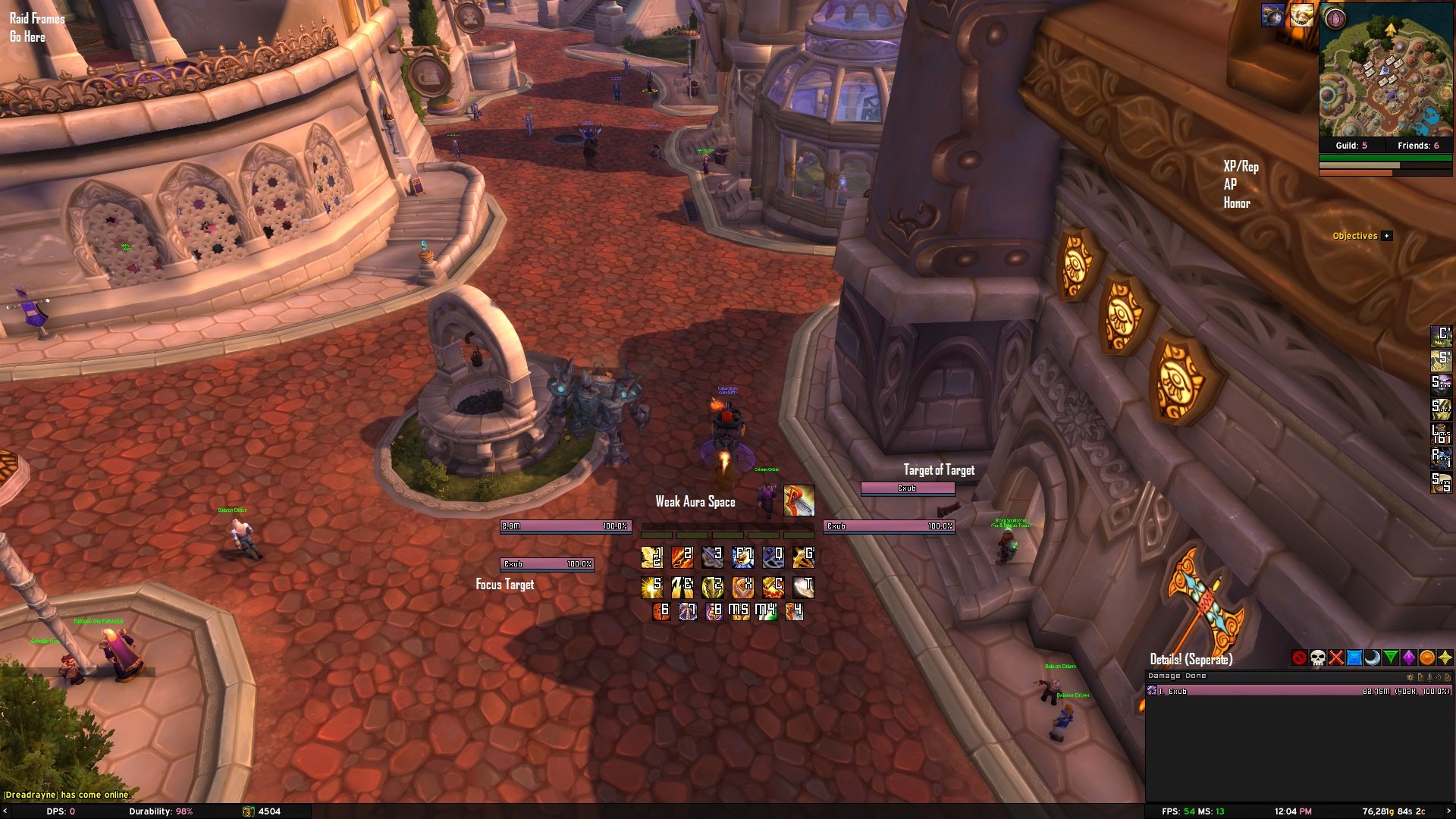


What I like is that she has come up with a solution to overcome this challenge and learn to shop more intentionally moving forward. This first one echoes what I wrote about going unconscious with shopping. Thoughts on Avoidance and Emotionsīefore I delve into specific tracking methods, I want to share a few thoughts from group members. I’m sharing their responses with you here in the hope that you will find a tracking methodology that resonates with you and which you’ll be able to maintain over the long-term.

Lesson learned to keep on top of things and not let myself go unconscious. I have bought too much (more on this next week) and even though I did the KonMari Process last month and got rid of quite a bit, I still feel like there is too much in my closet. I’m kicking myself for this lapse in productive behavior and I’m not going to let it happen again. Because I didn’t do an update for a third of the year, all I can do at this point is prevent further damage. If I update the list at least monthly, I can see patterns and stop myself from continuing on a negative path. My purchase list includes what I bought, where I bought it, when it was purchased, how much it cost, and how many times I have worn each item to date ( see an example HERE, in the “item report” section). I may know the financial numbers and even be able to stick to a budget, as I’ve done for three plus years now, but I often lose sight of how many items I’m buying and how they are or aren’t working for my wardrobe and life. Tracking your purchases can help you control your shopping.Įven though I update QuickBooks (what my husband and I use for our accounting) every one to two weeks, I still have a tendency to keep myself “in the dark” in terms of what’s going on with my shopping.


 0 kommentar(er)
0 kommentar(er)
